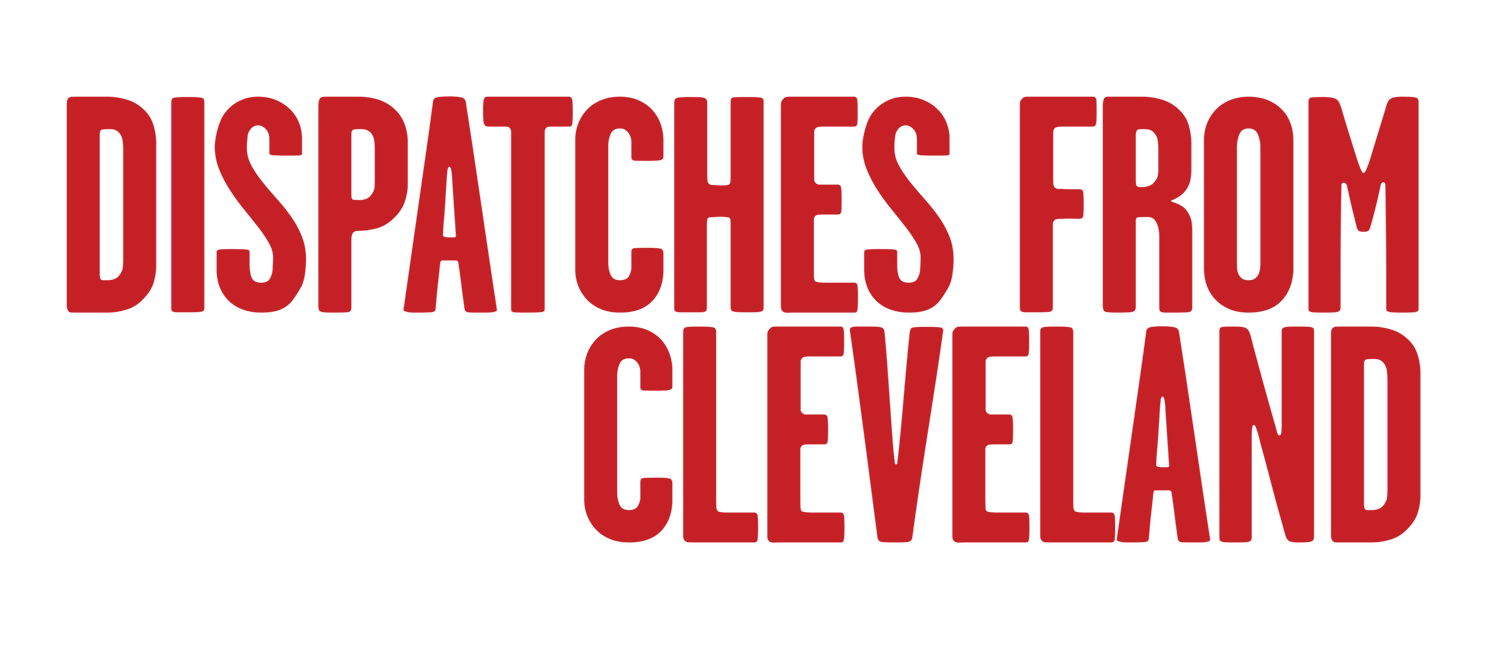By Crystal M.
Through tough times music artists have used their music or performances to push boundaries and comment on topics such as police brutality.
Music made as commentary, like “Alright” by Kendrick Lamar, has spread like wildfire. People even began using it as a protest song. The lyrics were chanted by protesters at Cleveland State University in the summer of 2015 (where an officer pepper-sprayed the crowd).
The Guardian claimed Lamar as “one of the most outspoken rap artists about violence affecting African-Americans.” Kendrick Lamar isn't the only artist with powerful music making waves - singers like Janelle Monae with her song “Hell You Talmbout” featuring Wondaland Records are also tipping the scales. In the song, various names of those shot and killed by officers are named. In addition, there are songs like “Don’t Shoot” which is a collaboration between numerous rappers (including Rick Ross, Wale, P. Diddy, and more). The song commented on the current violence from police occurring in communities.
One of the most recent songs sparking conversation, “Formation” by Beyonce, comments on police brutality, racial inequality, and women's rights. The video includes different representations of the police force with compelling images including: a young boy in a hoodie dancing before a row of armed police officers, and graffiti on the walls that reads “stop shooting us.”
The songs and work created by these artists help shed light on social and cultural issues, continue important conversations, and represent hope for a better future. Music continues to play an active role in social movements, one that is only getting bigger.














